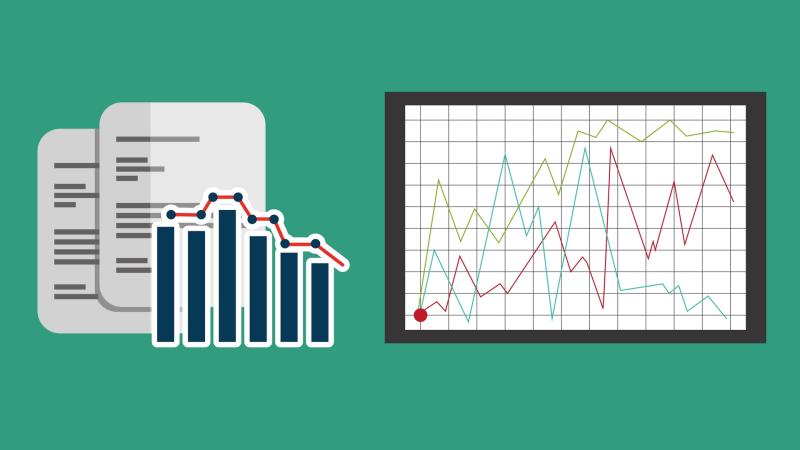
Cancer remains one of the most terrifying disease to face, despite decades of research and billions of dollars spent. They are a group of diseases that begins with abnormal cell growth, which then spreads to other parts of the body, causing huge damage to the tissues and cells. Once a patient has been diagnosed with cancer, doctors can only try and remove the spreading tumors or control their growth. Even if the tumors have been successfully removed, they are likely to return, making a visit to the doctors a regular affair. Cancer can be caused by internal factors like random mutations, but the main perpetrators remain to be external factors, like cigarette smoking, radiation, and poor diet, which makes it a challenge to detect the disease early on. Scientists around the globe have been looking at ways of predicting the growth of cancerous tumors, using the genetic and molecular data of humans. Now, a collaborative study by scientists from IISER – Kolkata, IIT – Kanpur and KIIT University has proposed a novel technique of identifying tissues susceptible to cancer. The spectroscopic signal from tissues were analyzed using a statistical tool called a recurrence plot (RP). Next, using Recurrence Quantification Analysis (RQA), another statistical tool that allows analysis of recurrence plots, the team could classify tissues into normal and precancerous grades based on certain features identified from the spectroscopic data. Further, they could validate their classifications of precancerous cells based on simulations. If validated with successful trials, RQA could serve as potential biomarkers for diagnosis of pre-cancer. The novel technique allows us to diagnose the susceptibility of tissues to cancerous tumors, allowing us to take measures before being diagnosed with the grave disease.





